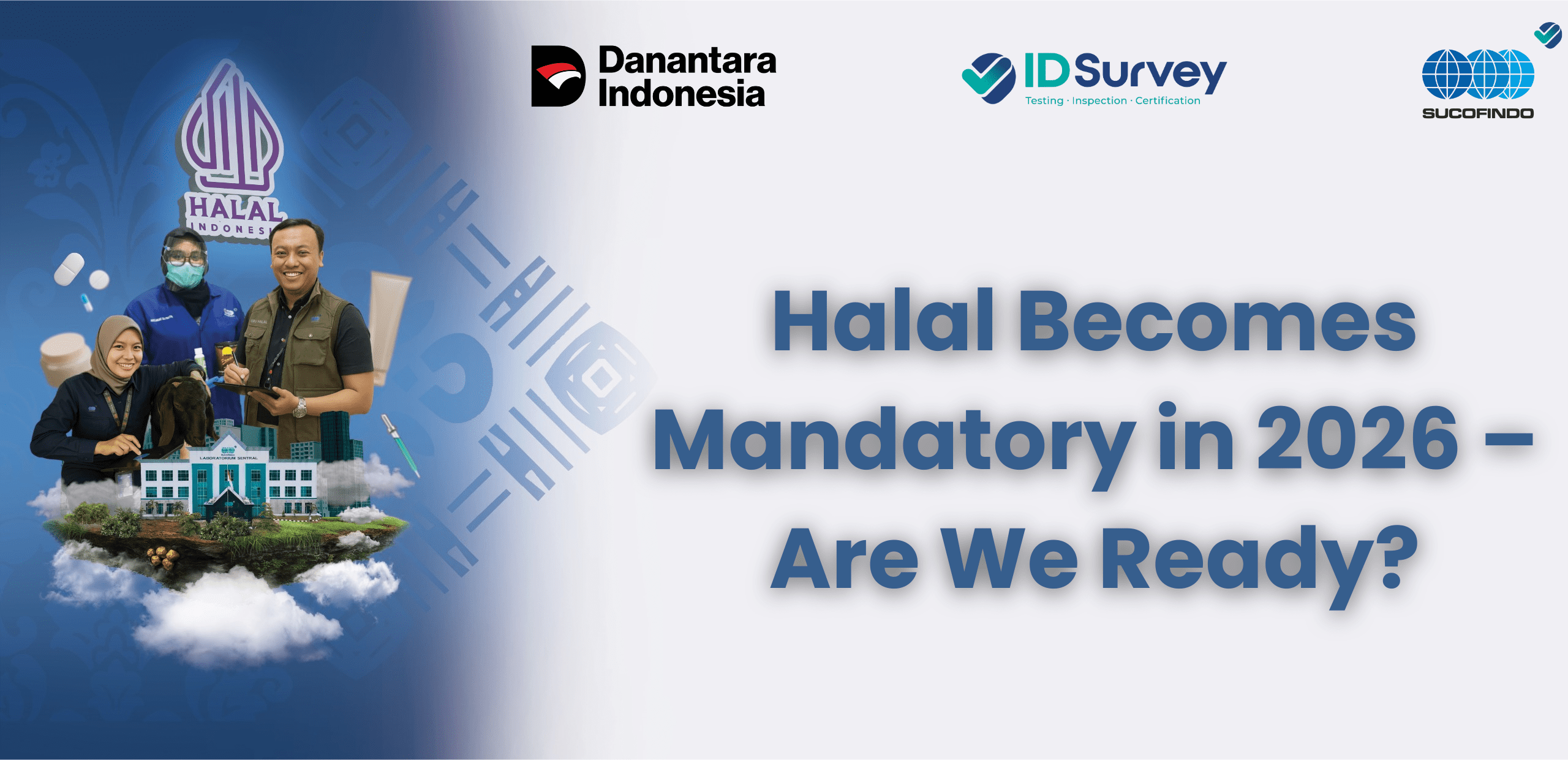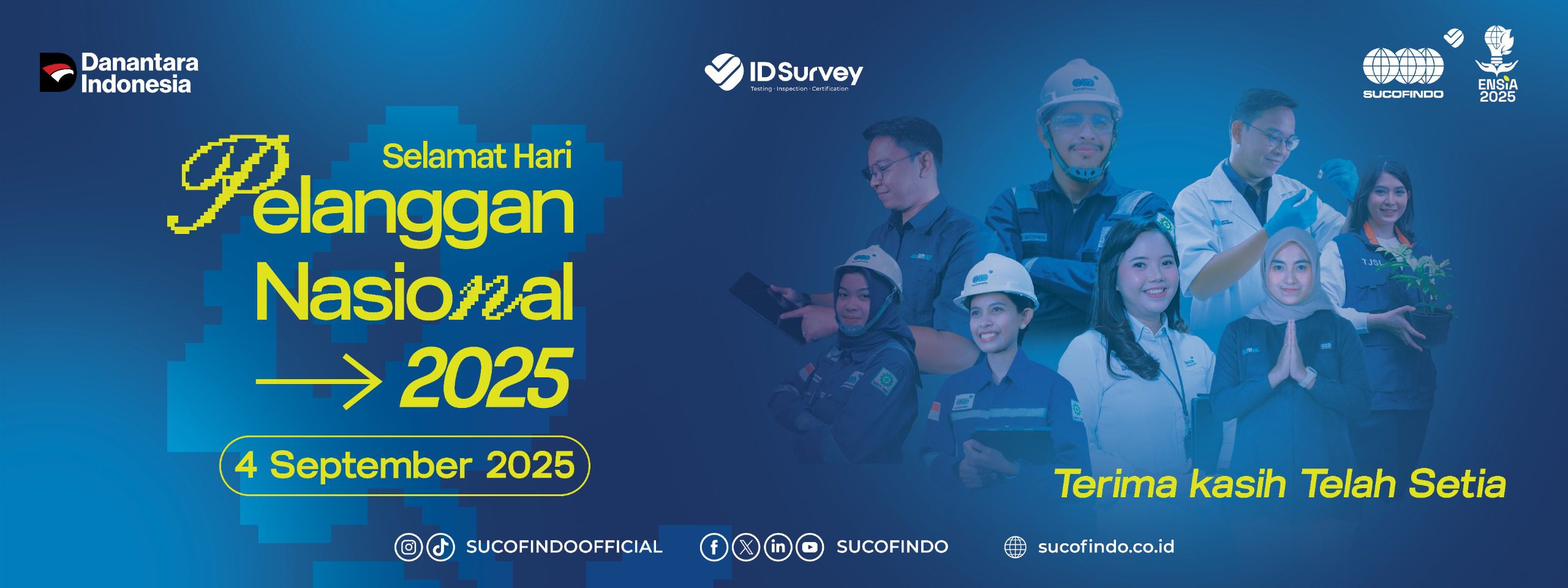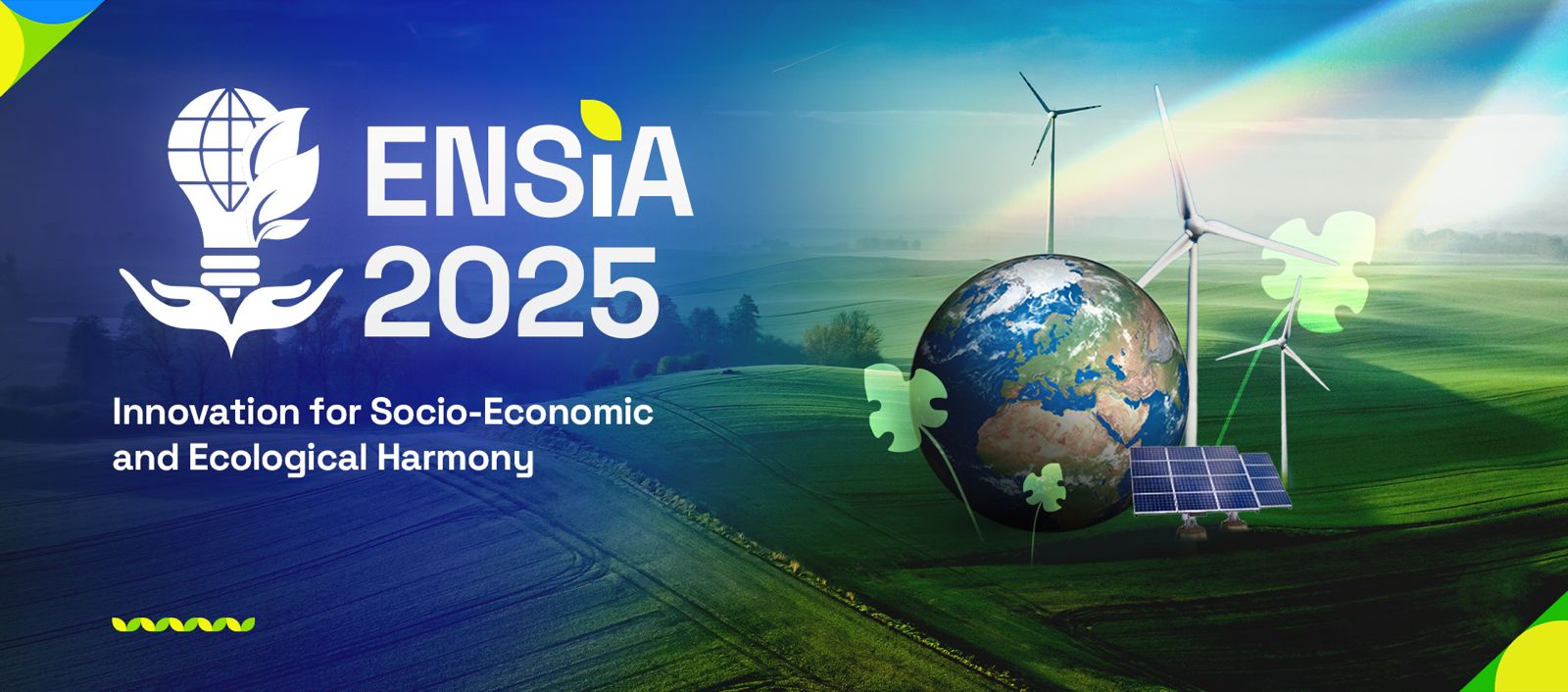As one of the non-renewable natural resources, bauxite resources have an important role in the Indonesian economy. That is why, the development of bauxite smelter facilities in Indonesia is a priority for many parties, especially the government.
However, although development continues, developments vary smelting facilities This has experienced problems in several places. Therefore, find out what the details are like through the following complete review.
What is Bauxite?
First of all, it’s best to know what is meant by bauxite. Bauxite is a mineral ore that contains aluminum. It is formed as a result of the weathering process of rocks, especially igneous and sedimentary rocks, under the influence of a humid tropical climate.
The main content in bauxite consists of hydrous aluminum oxide and aluminum hydroxide, along with small amounts of iron oxide, the clay mineral kaolinite, and sometimes contains anatase Tio2.
Bauxite has a variety of significant uses, especially in aluminum production. In Indonesia itself, bauxite was first discovered on Bintan Island, Riau Islands, in 1924. Since then, bauxite has become an important mineral resource in the mining industry in this country.
Meanwhile, smelter or bauxite smelting plant, is an industrial facility used to process raw bauxite into purer products, such as alumina.
The process in the smelter involves extracting aluminum from bauxite by separating its undesirable components, such as iron oxide and clay minerals. The final result of this process is alumina, which is then used as the main raw material in aluminum production.
Construction of Bauxite Smelter Facilities in Indonesia
The construction of smelter facilities for bauxite refining in Indonesia is part of the government’s efforts to increase the added value of bauxite minerals from domestic mining. The following is a review of the development:
1. Smelters that have been and are being built.
Currently, there are 4 smelter facilities that have actually been completed and are operating. Meanwhile, there are 8 other smelters which are still under construction and have not been able to complete their construction due to various obstacles, namely:
- PT Borneo Alumina Indonesia – Mempawah, West Kalimantan: 23.67%
- PT Laman Mining – Ketapang, West Kalimantan: 32.39%
- PT Kalbar Bumi Perkasa – Sanggau, West Kalimantan: 37.25%
- PT Sumber Bumi Marau – Ketapang, West Kalimantan: 50.05%
- PT Persada Pratama Cemerlang – Sanggau, West Kalimantan: 52.62%
- PT Parenggean Makmur Sejahtera – East Kotawaringin, Central Kalimantan: 58.13%
- PT Dinamika Sejahtera Mandiri – Sanggau, West Kalimantan: 58.55%
- PT Quality Sukses Sejahtera – Sanggau, West Kalimantan: 65.65%
2. Constraint: Lack of Investment for Smelter Development
Although building a bauxite smelter has great potential, there are a number of challenges that need to be overcome by the Indonesian government. One of the first problems is the large investment value required.
According to Ronald Sulistyanto, Daily Executive Chair of the Indonesian Bauxite and Iron Ore Entrepreneurs Association (APB3I), just to set up one smelter requires capital of up to US$ 1.2 billion or the equivalent of Rp. 18.2 trillion. An investment of this size can be an obstacle for investors, especially domestic investors.
Then, another challenge is the dominance of foreign investors in the construction of bauxite smelters in Indonesia. Until now, no domestic investors have dared to invest in the construction of domestic smelter facilities.
This shows the importance of trying to find a way to involve domestic investors in the development of this sector. The smoother the investment funds, the smoother the process of building the related smelter facilities will be.
3. Licensing Obstacles for Smelter Construction
The second problem or obstacle is in terms of licensing. Uncertainty regarding Mining Business Permits (IUP) can make investors hesitant, and some projects have even experienced permit revocation. This situation creates legal uncertainty that can hinder investment.
4. Obstacles to Verifying Smelter Construction Progress
Apart from investment and licensing challenges, there is another problem that needs to be considered, namely the difference between reported development progress and verification results in the field.
The latest data notes that currently there are 5 bauxite smelter construction with progress above 50 percent, but the conditions do not match the independent verifier’s report. This difference can influence policies related to export relaxation.
5. Positive Impact of Smelter Development
On the other hand, despite the various obstacles above, the construction of smelter facilities actually has significant positive implications or impacts. Bauxite ore production in Indonesia currently reaches 58 million tons per year, even though the existing Smelter Grade Alumina (SGA) processing facilities are only limited to 2 units.
The policy of banning exports of bauxite ore, which will come into effect in June 2023, also strengthens the urgency of building a smelter. With downstreaming, state income is predicted to increase substantially, from IDR 21 trillion to around IDR 62 trillion per year.
Ban on the Export of Bauxite Raw Mineral Materials
Even though it is faced with a number of challenges, the potential for bauxite raw materials in Indonesia is very large, especially in increasing state income and creating jobs.
Therefore, Indonesia as one of the leading bauxite producers in the world has taken strategic steps to increase the added value of this sector. One of the government’s actions is to prohibit the export of the raw mineral bauxite. Here are the important points you need to know regarding this prohibition:
1. Basis for Determining the Export Prohibition Policy
The ban on exports of bauxite raw mineral materials is based on President Jokowi’s policy which strengthens the provisions of Law Number 3 of 2020 concerning Mineral Mining andCoal. This policy requires downstream development through the construction of domestic mineral processing and refining facilities (smelters).
2. Implications of the Export Ban
This bauxite export ban has a number of significant positive impacts on various aspects, including:
- Increased Added Value: By forcing the processing of bauxite into alumina through smelters domestically, this export ban increases the added value of mineral products.
- Increase in National Income: Through bauxite downstreaming, state revenues are estimated to increase substantially, from IDR 21 trillion to around IDR 62 trillion per year.
- Infrastructure development: The construction of smelter facilities also creates jobs and increases infrastructure development.
3. Challenges in Implementing Export Bans
While export bans have many benefits, there are a number of challenges that must be overcome. The main challenge is the large investment value required for smelter construction, most of which is still hampered.
4 Indonesian Bauxite Smelters
The good news is that now there are 4 smelters that have been successfully built and are operating in Indonesia, including:
- PT Indonesia Chemical Alumina (ICA)
- PT Well Harvest Winning Alumina Refinery
- PT Well Harvest Winning Alumina Refinery (expansion)
- PT Bintan Alumina Indonesia.
One of the smelters with the most significant performance is PT Well Harvest Winning (PT WHW) in Ketapang, West Kalimantan. This is the first Smelter Grade Alumina (SGA) refinery in Indonesia and the largest in Southeast Asia with a capacity of 2 million tons of alumina per year.
This investment value of USD 1 billion not only helped create jobs, but also contributed to state income of IDR 367 billion in 2018 to 2019.
The success of these four bauxite smelter plants is an important milestone in Indonesia’s efforts to increase the added value of these mineral resources. If your industry is in bauxite mining, upgrade mining business sector together Sucofindo to verify the credibility of your business in a way contact us!








